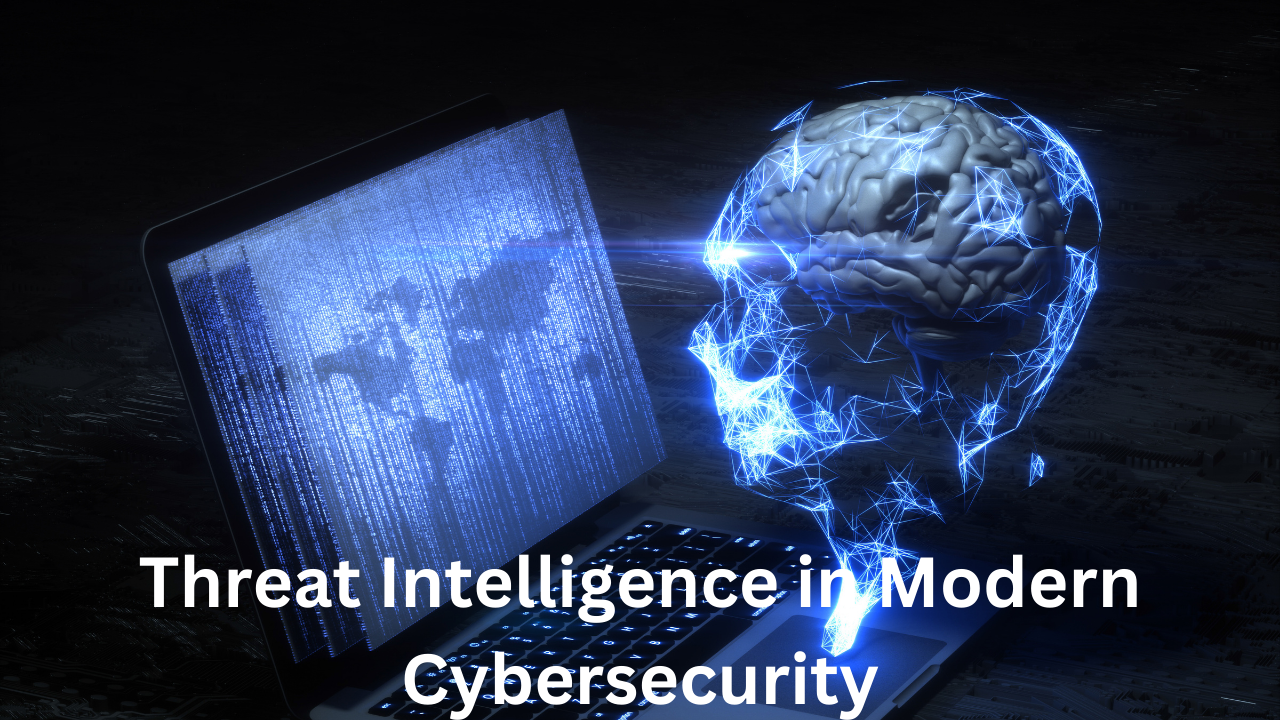Key Takeaways:
- Threat Intelligence is critical for proactive cybersecurity.
- Understanding different types of threats helps organizations prepare better.
- Data-backed insights enhance an organization’s defense mechanisms.
Threat intelligence is crucial in modern cybersecurity. It provides actionable insights into potential threats, helping organizations anticipate and mitigate attacks. Organizations can enhance their defense strategies by analyzing threat data, quickly responding to incidents, and better protecting their assets against evolving cyber threats.
What is Threat Intelligence?
It refers to the information that organizations use to understand the threats targeting them. This intelligence can come from various sources, including public, technical, and human intelligence. The primary purpose is to help organizations make informed decisions to mitigate and prevent cyber threats. An appropriately integrated threat intelligence platform dramatically improves an organization’s capacity to identify and stop harmful activity. Understanding and implementing threat intelligence is beneficial and essential for modern cybersecurity frameworks. The more informed an organization is about potential hazards, the better prepared it will be to fend off attacks.
For example, when organizations leverage threat intelligence in their cybersecurity strategies, they can recognize patterns of attacks that might otherwise go unnoticed. This capability is invaluable in issuing timely alerts and guiding the preventive measures that must be in place to guard against these attacks. Threat intelligence facilitates early detection and faster response times, directly impacting the effectiveness of an organization’s cyber defense strategy.
Types of Threat Intelligence
To fully utilize threat intelligence, it is essential to comprehend the many forms of information available. There are several types of threat intelligence:
- Tactical Intelligence involves information about threat actors’ tactics, techniques, and procedures. For instance, knowing the kinds of malware or phishing strategies being used can be crucial. Tactical intelligence helps create specific countermeasures against identified threats and aids in developing effective incident response plans.
- Strategic Intelligence offers a broader view and includes long-term trends, geopolitical events, and the general threat landscape. It is invaluable for high-level decision-makers to understand the wider impact of cyber threats on their organization. This type of intelligence supports long-term planning and policy formulation.
- Operational Intelligence: This is immediate and actionable intelligence. It can help in developing real-time responses to ongoing threats. Operational intelligence supports a more agile and responsive defense mechanism, allowing organizations to counteract emerging threats.
- Technical Intelligence: This includes specific technical details, such as IP addresses, file hashes, and domain names used in attacks. Technical intelligence is highly detailed and often used by security teams to identify and neutralize threats through precise and targeted actions.
Each type of threat intelligence serves a unique purpose and offers specific insights that, when combined, provide a comprehensive view of the threat landscape. Utilizing all these types allows organizations to be more proactive and less reactive, enhancing their overall cybersecurity posture.
Benefits of Using Threat Intelligence
Integrating threat intelligence into your cybersecurity strategy offers numerous benefits. TechTarget says threat intelligence provides actionable insights that help organizations avoid potential cyber threats.
- Enhanced Decision Making: With accurate data, managers can make better, informed decisions on implementing security measures. This includes instating new policies, updating existing protocols, and prioritizing security initiatives based on credible and timely information.
- Proactive Stance: Organizations can proactively defend against attacks by understanding potential threats rather than just reacting to incidents. This proactive approach minimizes damage and reduces recovery times, saving organizations money and time.
- Resource Allocation enables better resource allocation by prioritizing the most significant threats. Practical threat intelligence ensures that time and budget are invested in the most critical areas, optimizing the security measures already in place.
Additionally, threat intelligence contributes to a more holistic and coherent defense strategy. It aligns the goals of different departments and encourages a unified approach to cybersecurity, fostering an environment where information is shared freely and effectively.
Implementing Threat Intelligence
Implementing threat intelligence requires a structured approach:
- Information Gathering: Collect data from various sources, such as logs, network traffic, and external reports. Comprehensive data collection lays the foundation for thorough analysis and insightful findings. Organizations should leverage internal and external data sources to ensure a wide-ranging scope of information.
- Analysis: This stage examines the information to find trends and possible dangers. The collected data is carefully interpreted in this stage utilizing sophisticated analytical tools and procedures. Accurate analysis allows organizations to predict potential threats and take appropriate measures.
- Dissemination: Share the insights with the relevant teams for action. Clear communication channels are essential for promptly sharing the findings with different departments. This ensures all stakeholders are equally informed and can coordinate their efforts efficiently.
- Action: Take stances, such as updating security protocols or blocking specific IP addresses. Based on the insights, actionable steps should be taken to mitigate the identified threats promptly. Ongoing monitoring and revising strategies ensure that the implemented measures remain effective.
According to BBC News, implementing threat intelligence should be an ongoing process to remain effective. Maintaining strong cybersecurity defenses requires constant development and adaptability to the ever-changing threat landscape.
The Future of Threat Intelligence
As cyber threats evolve, so will threat intelligence. Future trends include more automation, integration with AI, and enhanced sharing between organizations to create a collective security effort. Utilizing automation and artificial intelligence (AI) can enhance organizations’ defense against attacks by boosting the speed and accuracy of threat detection and response.
Additionally, the future of threat intelligence will likely involve more collaboration and information sharing among organizations. Organizations can create a more unified and aggressive front against cyber threats by pooling resources and knowledge. Innovations in threat intelligence will continually strive to keep pace with cybercriminals’ ever-evolving tactics, thus making the digital world a safer place for everyone.
Staying updated with current tools and practices will be essential. Security personnel inside an organization must be provided with continual education and training to properly navigate the evolving threat landscape’s complexity. By doing so, they ensure that their defenses are as dynamic and adaptable as the threats they aim to combat.
In conclusion, the role of threat intelligence in cybersecurity must be considered. Organizations looking to protect their operations will find that having a solid threat intelligence architecture is essential due to the growing sophistication of cyber attacks. By understanding the different types and benefits of threat intelligence and implementing it effectively, organizations can significantly enhance their cybersecurity posture and be better prepared to face the challenges of the digital age.










